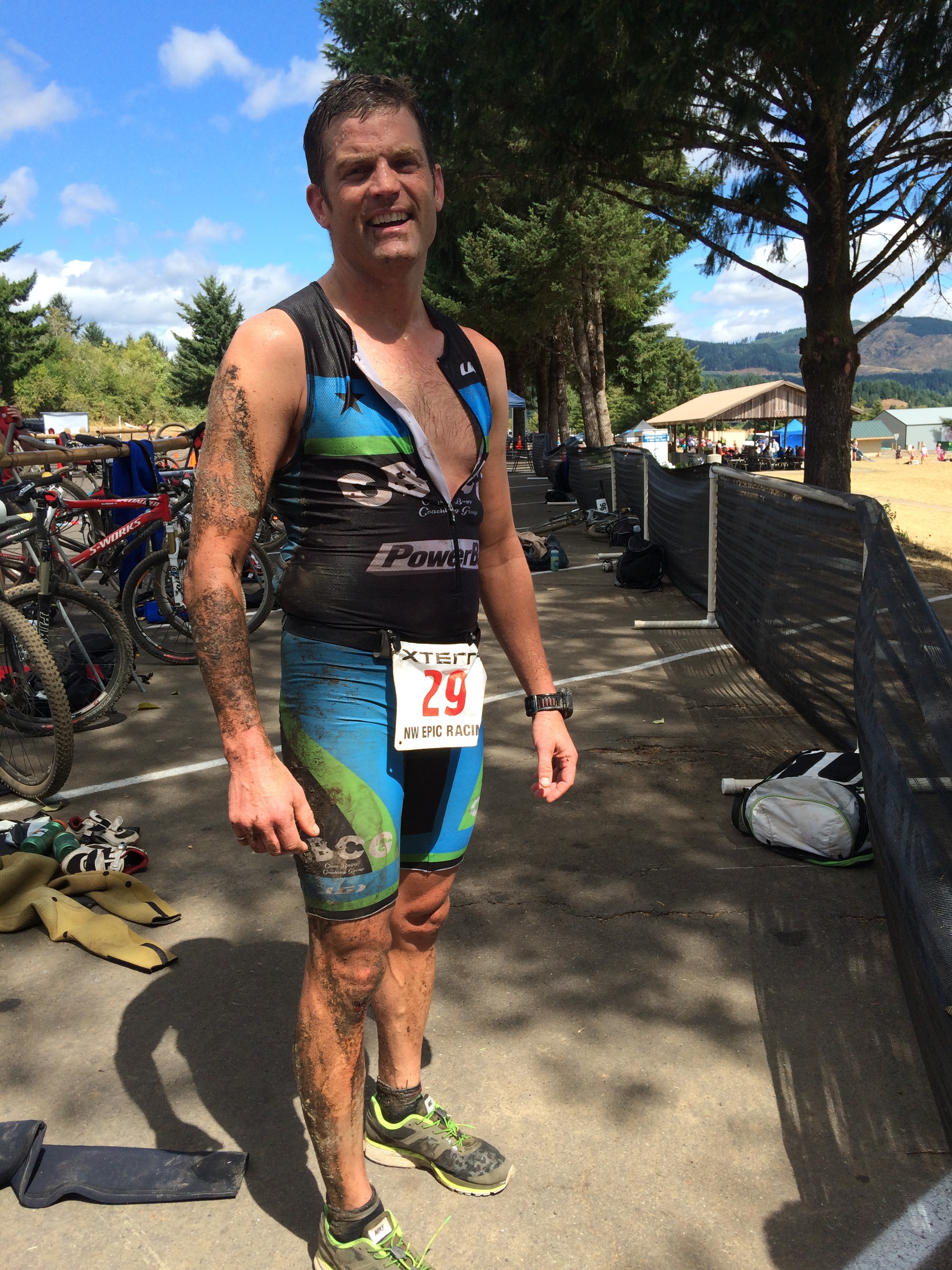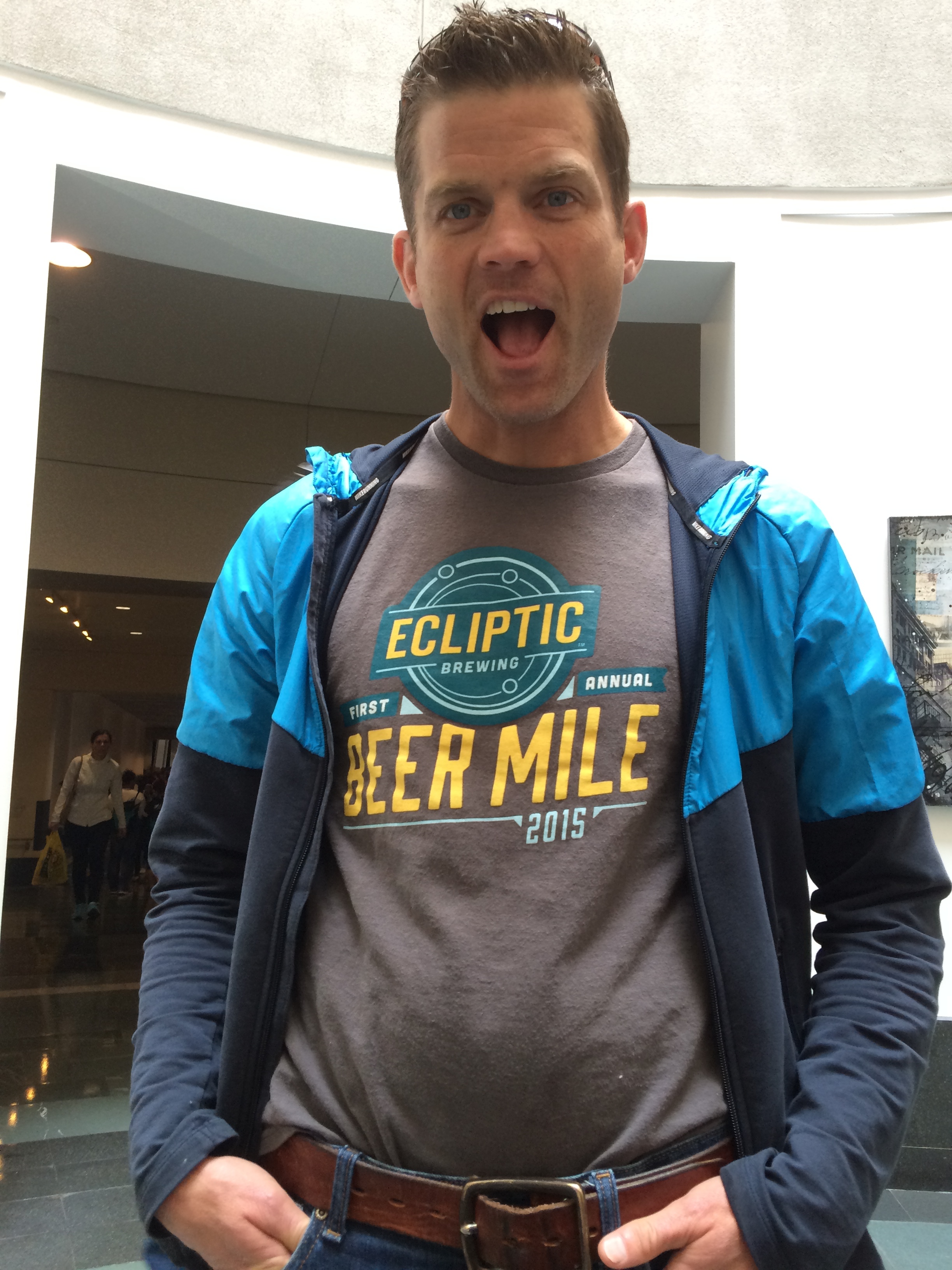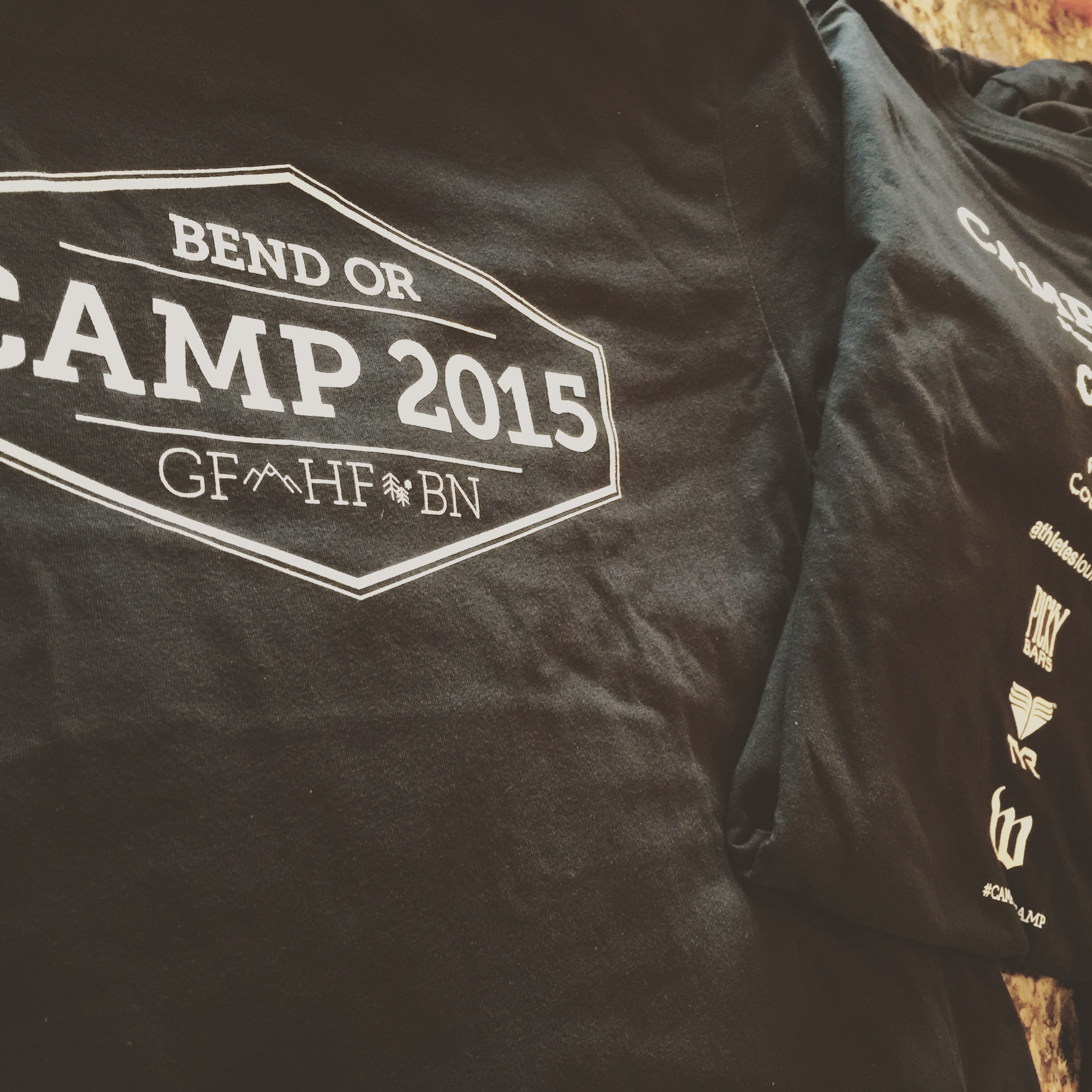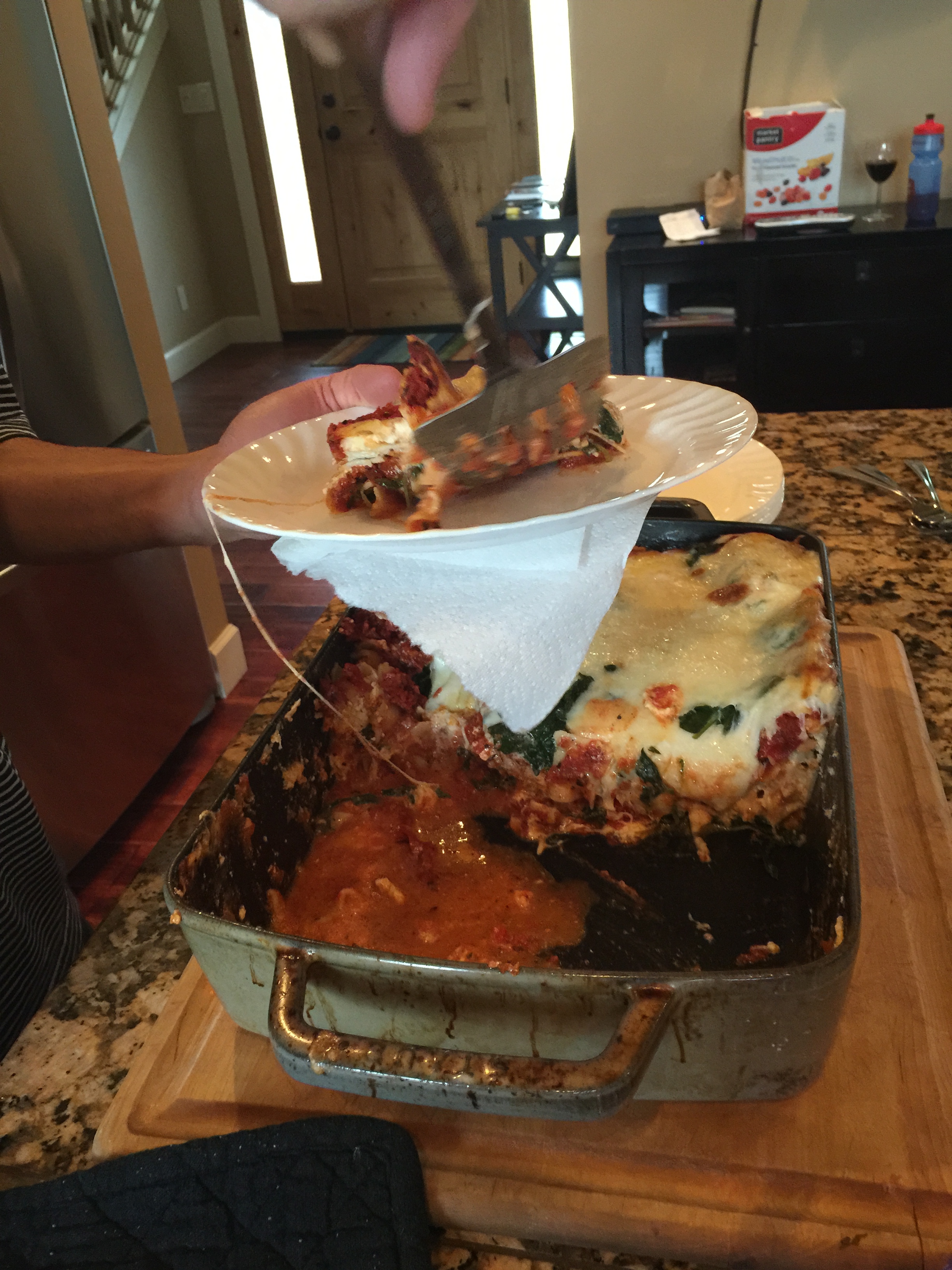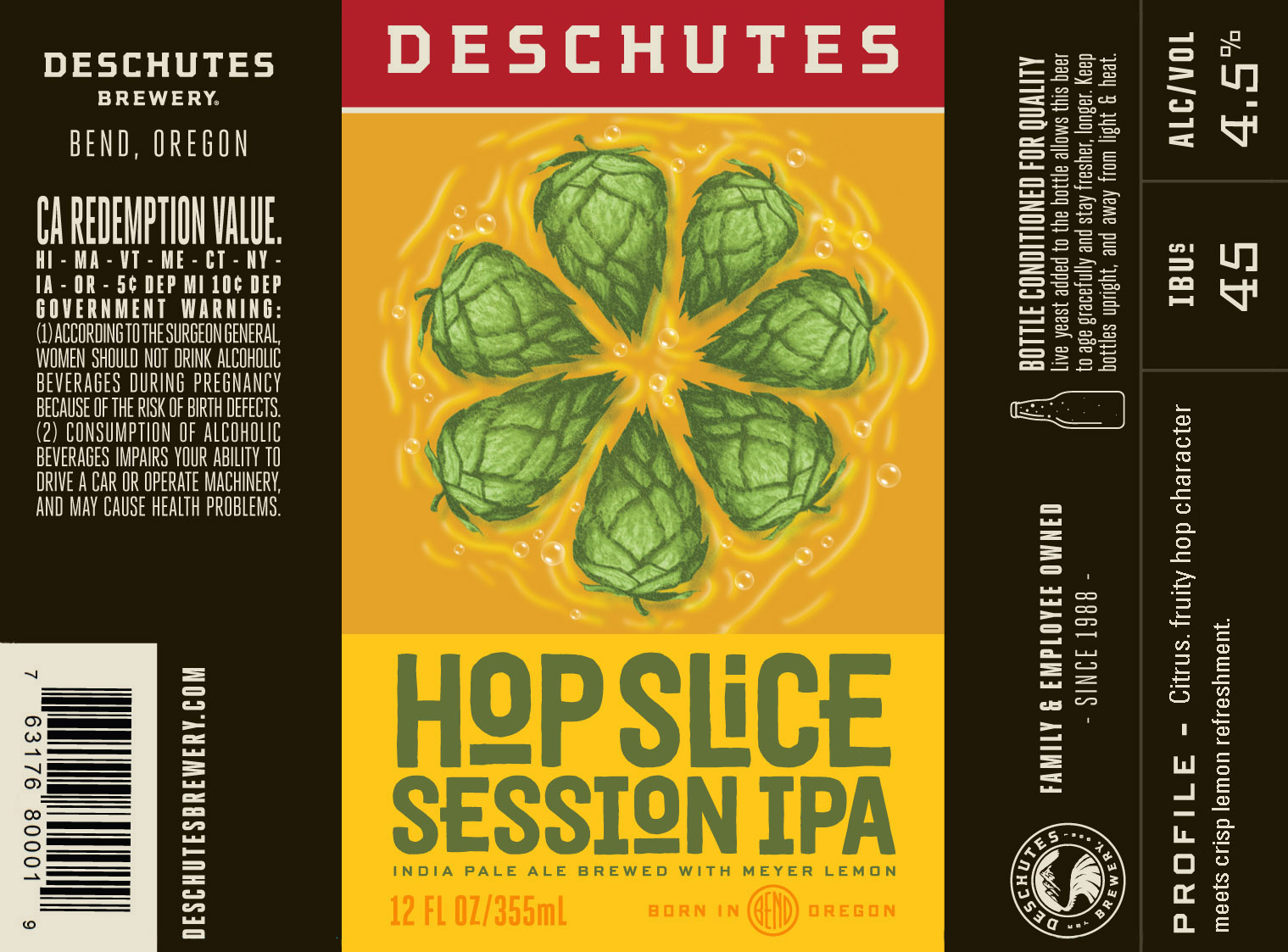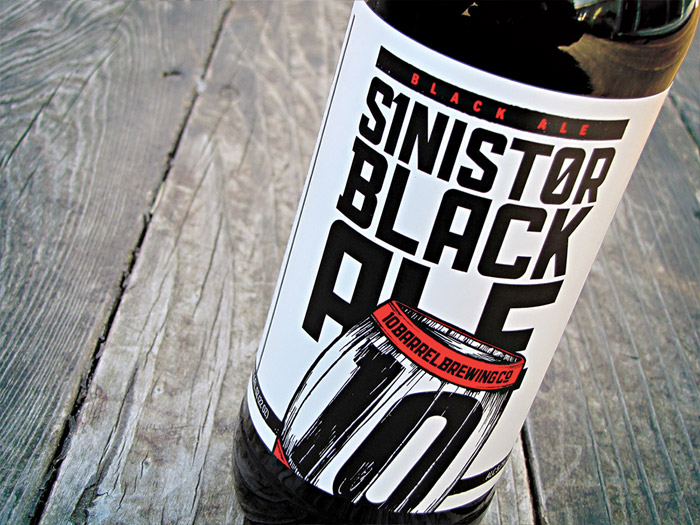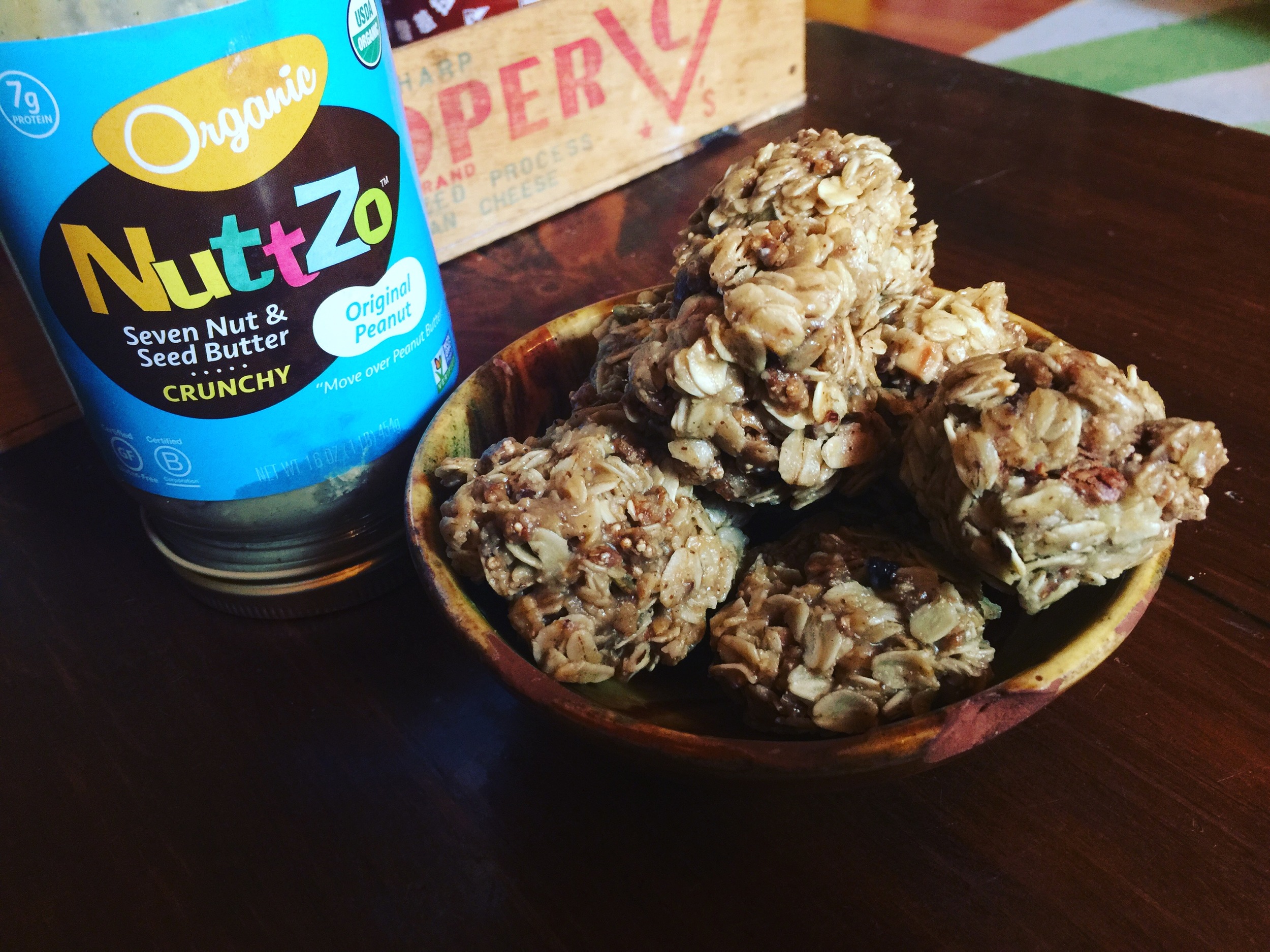The minuscule town Eidfjord is more-or-less the poster town for tourism, describing an optimal viewing point for the Norwegian fjords. My girlfriend Alana and I picked up our rental car in Oslo and drove the five+ hours from Oslo to Eidfjord, and to say it was amazing is an understatement. If you ever get to Norway, especially for this race, skip the tour boats, forget flying to cities, get yourself a car, and drive from Oslo to Eidfjord so you can explore the ethereal and enchanting sights along the way.
I’m not a big “race report” guy, so I’m going to go a little Rick Steves on you, before boring you with tales of average watts, normalized power, run pacing, and the miracle of making it through yet another event without pooping myself. Twenty minutes outside of Oslo it looks like you’re driving through a larger, more rugged version of the Columbia river gorge in Oregon. As you start to climb up to into the protected tundra, the Hardangervidda, the landscape turns into an eerie desolate moonscape. Little cabins with living earth roofs are sprinkled all around in the absolute middle of nowhere. If I ever get back dialing up one of those little cabins in the winter for a week and unplugging is going to be on the itinerary. Every turn exposed a new breathtaking view - an omnipresent phenomenon for our entire trip.
It’s easy to say that the countryside is the gem of Norway, but the metropolis of Oslo before and after the race was equally thrilling. We capitalized upon the “Oslo City Bike” share bikes and killed the urban scene, replete with weekend pop up markets, bars, restaurants, and ceaseless people-watching. About half way through our post race stint in Oslo we hopped a flight to Bergen on the far west coast for a couple days. Perhaps it was because we unknowingly blew the doors off the trip from the moment we touched down, but Bergen was kind of like drinking a warm flat beer on a summer day. It wasn’t bad, I mean it’s beer right? If you’re into touristy things, shopping, guided tours etc., this is your place. Ain’t nothing wrong with any of that, unfortunately the magic was was on us. But you never know till you go right? Bergen, it’s not you it’s me.
Ok, I don’t want to get all “Grandpa’s slideshow of his trip across the U.S. on route 66” on you all, but I would be remiss if I didn’t mention that we booked our flights to Norway through Iceland Air® to take advantage of a special perk they have. Any round trip you book that goes through Reykjavik can include a stopover in Iceland for up to a week without any extra charge! So the last week of our racecation was spent in a camper van driving the whole of the Icelandic ring road. I’ll let the pictures speak for themselves. You should go to Iceland; it is unbelievable.
So to rewind to the start of our trip and the race. Prep for this race was a lot like racing for the first time for me. I had hip surgery two years ago to repair some soft tissue damage, and save for a few small tune up events, this race was my first since surgery. The training looked a lot different that I was used to, and I was objectively the most fit I’ve ever been for a race, but I was pretty nervous about things holding together.
One of the big marketing features of this race is that if you’re one of the first 160 athletes to make it to 32k on the run, you get to finish by climbing the final 10k to the top of Mt. Gaustatoppen. A true reward for the inner masochist but a reward nonetheless. Ergo: my one and only goal for this race.
The fast athlete's "reward"
The swim course is as primitive as the landscape. You ride a ferry out into the fjords, jump off, and swim towards the bonfire on the shore. The water wasn’t as cold as the hype suggested, but enough that throughout the whole swim I felt like I was Charlie Brown with that rain cloud following him around. I stayed pretty positive despite feeling like I was going backward and getting hammered by the progressively choppier water that was being stirred up by the actual Charlie Brown rain clouds rolling in.
Getting out of the water was rough. It was dumping rain at this point. I could move my fingers or toes, and I was having a hard time forming words. Alana magnificently kept asking what she could do to help in transition, though I’m pretty sure I was just uttering strings of teeth chattering nonsense. I pulled myself together for the first monster climb out of town, but...I was about 15 minutes into the bike when I reached back to take my first swig of nutrition and realized it wasn’t there.
Quick sidebar, all the support for this race comes from your “crew,” which in my case was Alana. I usually cram all the calories in the form of maltodextrin into two bottles for long course races, and to keep the logistics as simple as possible I only prepared two bottles, no extras. So half my race nutrition was sitting on the side of the road 15 minutes into the bike and I started to panic a little. The first place your crew can stop and give you aid is about 30k into the ride at the top of this hour plus long climb. I started thinking about what we had in the car that I could eat. Some power bars, gels, and other random things were enough to get me through the ride, but the tank was pretty empty by the time I eventually got to T2.
After putting the bottle incident behind me, things didn’t get much better for the rest of the ride, it was mostly a survival exercise for me. I’m a bigger guy so climbing is not my strong suit. Between going backwards on the remaining three big climbs, and the relentless rain, I had a slow seven-hour conversation with myself about not quitting on the bike. If you’re a CBCG athlete, I'm sure you've discussed self-talk in the darkest of hours with your coach.
I don’t really remember much on the run. Alana came by me about 1k in and told me I was in 94th place. I realized that if I could hunker down and not walk there was almost no way I wouldn’t get to go up the mountain. I felt the weight of nine months lift off me right then. This race is the first race ever of any kind where I set a primary goal and achieved it, and this was the moment where I let myself think that if I didn’t make any big mistakes, I could cruise in.
I was feeling pretty desperate for calories, and was so brain fogged that I thought nothing of stuffing my face, which promptly made me want to throw-up. I struggled over the next 20k to keep my feet moving and keeping food down. As I rounded the corner to start up the switchbacks that lead up to the mountain gate entrance referred to as “Zombie Hill” I had two thoughts. The first was, “I’ve got this.” I could crawl this 5k and still make the cut off. The second was, “Oh man, I now have eight-ish miles and six-thousand vertical feet before I’m done.”
I pushed a moderate pace, Alana met me at the cutoff, and I made my way to the mountain trailhead. The race rules stipulate that you have to summit with at least one of your crew members, so after 13 stressful hours of hauling ass all over Norway, almost running out of gas, and generally making this crazy thing possible for me, Alana pulled on a coat and spent the next two hours hiking with me to the finish line.
In my mind at this point, I was done racing. The trail is open to the public during the race, and Gausta is a popular hiking spot. I stopped and scratched the ears of every tail wagging dog, and paused at most every switch back to enjoy the view.
We hit the top, cell phone batteries were dead, no pictures, no ceremony, we were just done. We got a cup of soup, went inside to the cafeteria and ate a waffle with jam, and we were done. It felt weird but right, there were no cheering crowds or announcers or finish line theatrics, we were just done, and I think it was the most satisfying finish line experience I’ve had in any race to date.
I cannot thank my coach, Chris Boudreaux, enough for working with what he had- me and my life roadblocks - and getting me in stupid good shape. The plan he put together was the most consistently intense training I’ve ever done, and it was doled-out expertly.
As I’ve said before, race support is crucial, not to mention required, and Alana did the job that most athletes had two+ people to cover. She endured countless hours of frigid and uncertain waiting, and even hiked the last 5k at the end of the day. Thank you, Alana, so very much for helping me achieve this bizarre triath-lo-nerd goal and for pulling together nearly every logistical detail of the trip together. Buy a entry lottery ticket (they’re like $10) and do this race! You won’t ever forget it.



































